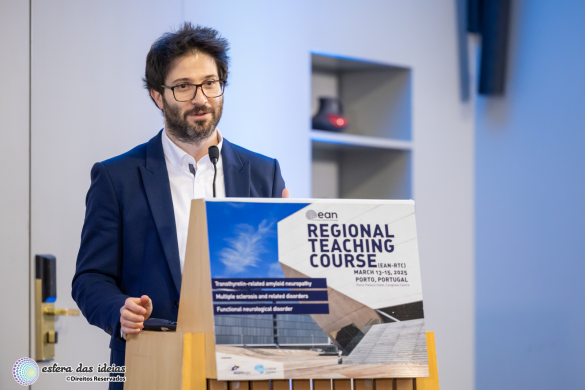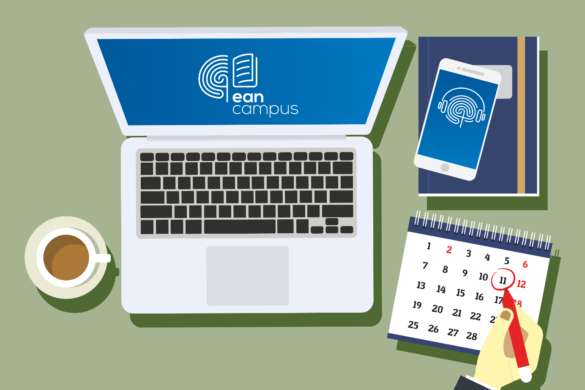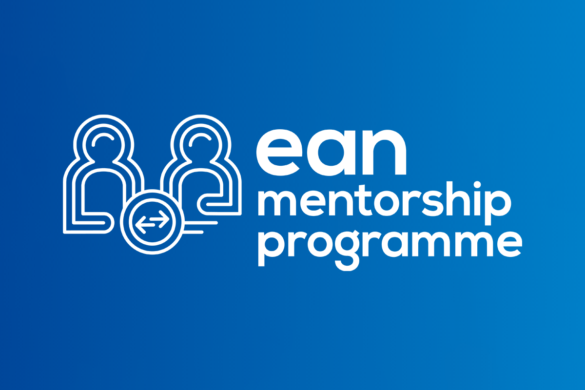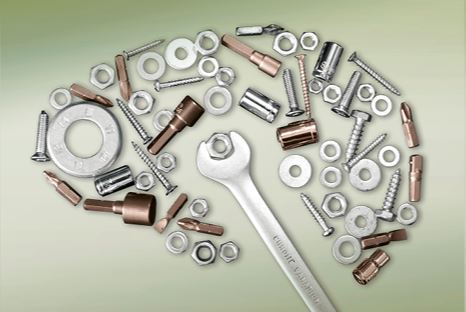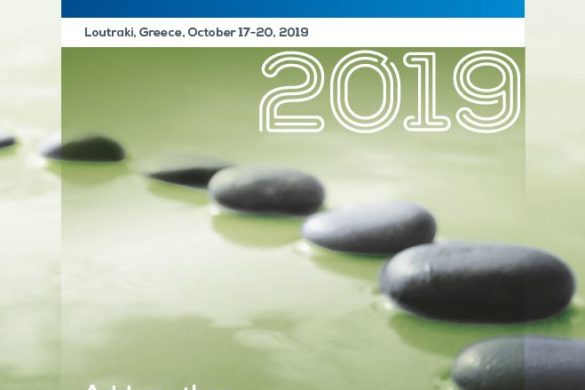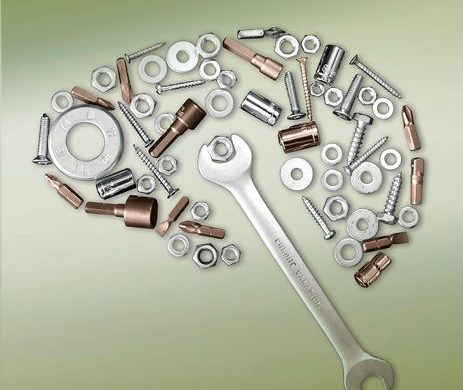by Antonella Macerollo
I attended the Regional Teaching Course of the European Academy of Neurology that took place from 9-11 October 2015 in Budva, Montenegro and represented the European Association of Young Neurologists and Trainees (EAYNT). The course covered several interesting topic in clinical neurology as epilepsy, peripheral nerve disorders, stroke, parkinson’s disease and multiple sclerosis. It was a great opportunity to meet trainees, research fellows and junior neurologists from Montenegro, Serbia and Macedonia and to spread potential links with national groups of junior neurologists as the EAYNT aims.
On behalf of the EAYNT, I had the possibility to present an important update about new activities for junior members within the EAN. I gave a talk about ”Connecting the next generation of Neurologists in Europe”, focusing on the new section of “Residents and Research fellows (RRF) section” of the EAN. This section will replace the EAYNT next year. The talk illustrated steps that resulted in the EAYNT becoming a section of the EAN.
The EAYNT & RRFS
In response to the invitation of the EAN, the former (2014) and the newly elected EAYNT office for 2015 came to the consensus that the EAYNT shall move forward and build a stronger relationship with the EAN. During the 1st EAN Congress in Berlin, 2015, the EAYNT General Assembly decided to transform the current association into a working group in order to revive the new hope for neurology. This new association, dedicated to junior neurologists, will be called “Residents and Research fellows (RRF) section” and will become part of the EAN. The RRF section will be responsible for involving residents within the EAN.
The major aims of the EAYNT, and consequently of the new RRF section, are: to represent and inform neurology trainees on international level, to help those who wish to spend some time abroad within the framework of clinical training or research, to improve training of young neurologists by learning from successes and failure of different countries, to enhance clinical exchange, and to build a platform for communication among young neurologists. The activities of the EAYNT have become an integral part of the neurology conference scene in Europe. The EAYNT tends to organise several activities during the congresses to give young neurologists and trainees, from different cultural backgrounds and all over Europe, an opportunity to get together and exchange their individual, professional and personal experiences. In addition to the lottery, the photo contest and the special EAYNT session, one of the annual highlights of the EAYNT activities is a local hospital visit followed by a get-together event.
The trainees and junior neurologist attending the course were very enthusiastic to become members of the new section. They asked several questions about membership applications, how to take part in the activities at the EAN congresses and possible joint projects in the future. They were really motivated to become part of the new section of the EAN when I explained that helping colleagues to start their international scientific activities is an important task for the EAYNT and, then, for the RRF section. There are delegates, who represent residents and fellows in the EAN Scientific Panels. Besides other responsibilities, these panels contribute to guideline production and propose congress programme. Furthermore, they nominate junior colleagues for abstract reviewing and poster co-chairing.
The EAYNT would like to serve as a link between generations of neurologists and represent colleagues in decision-making processes. In this regard, the EAYNT nominates delegates to different neurological societies and subcommittees. The EAYNT was actively involved in the development of the e-learning resource eBrain, which was launched recently. It was a success to see motivation of trainees of Montenegro to start working on this and planning to submit some interactive case reports to eBrain in the nearby future. This initiative is the world’s largest, most comprehensive web-based training resource in clinical neuroscience. Interested readers may also check our most recent article on e-learning preferences of junior neurologists.
In conclusion, the regional teaching course of the EAN is an initiative that improves connections among trainees and junior neurologists form the European countries. For instance, during the social events it was discussed what are the differences in the neurology training and job opportunities in Europe. This is a timely opportunity to learn about red flags on which the Neurological European Community has to work to achieve harmonisation of the core curriculum of neurology trainee.
Finally, it was important to experience enthusiasm and happiness of colleagues from Montenegro, Serbia and Macedonia about being neurologist, disregarding the disadvantageous profitable conditions. Eastern and Western European countries need to learn from each other and complete each other in different aspects. I wish that the EAN will keep on organising these regional courses with the aim to harmonise skills and competences among neurologists from all over Europe.
Antonella Macerollo works at the Sobell Department of Motor Neuroscience and Movement Disorders, Institute of Neurology,Faculty of Brain Sciences, UCL, London, UK




